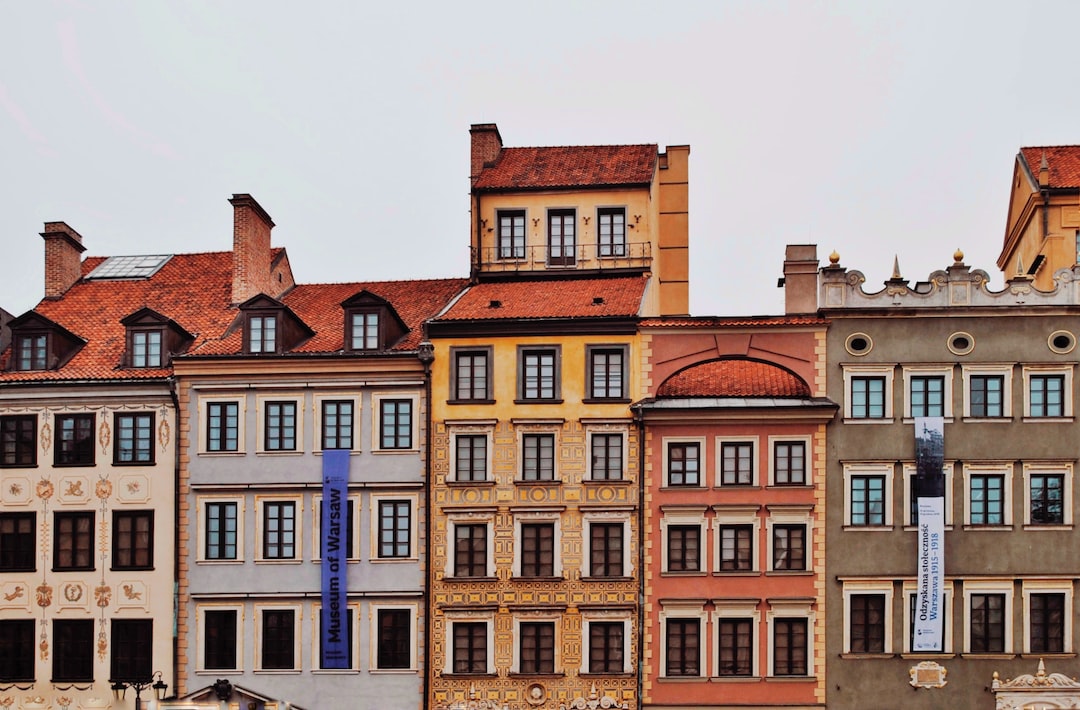Warsaw, the capital of Poland, is a city steeped in history. From its medieval beginnings to its tragic devastation during World War II, the city has risen from the ashes and emerged as a vibrant and thriving metropolis. For history buffs, Warsaw offers a plethora of significant landmarks that tell the captivating story of this remarkable city.
One of the most iconic landmarks in Warsaw is the Royal Castle, which sits proudly on Castle Square in the heart of the Old Town. Originally built in the 14th century, the castle was the official residence of Polish monarchs until the 18th century. After being destroyed during World War II, it was meticulously reconstructed and now houses the Royal Castle Museum, showcasing an impressive collection of artworks, furnishings, and historical artifacts.
Just a short walk from the Royal Castle is another significant landmark, St. John’s Archcathedral. This stunning Gothic church, dating back to the 14th century, was the coronation and burial place of many Polish monarchs. Its awe-inspiring interior features beautiful stained glass windows, intricately carved altarpieces, and grand chapels dedicated to various saints. Attending a Mass or concert here offers a unique opportunity to experience the rich spiritual and cultural heritage of Poland.
Moving forward in history, the Warsaw Uprising Museum pays tribute to one of the most heroic chapters in the city’s history. The museum chronicles the valiant efforts of the Polish resistance against German occupation during World War II. Through immersive exhibits, personal stories, and artifacts, visitors can gain a deeper understanding of the city’s suffering and resilience during this dark period. The museum offers a truly moving experience and is a must-visit for anyone interested in the history of Warsaw.
For a glimpse into Poland’s communist past, the Palace of Culture and Science is a must-see. This immense building, gifted to Poland by the Soviet Union, was initially seen as a symbol of oppression by many locals. Today, it stands as both a tribute to the country’s complex history and a cultural hub. The Palace houses theaters, cinemas, museums, and even a swimming pool, making it a bustling center of activity. A trip to the observation deck provides breathtaking views of the city skyline, a testament to Warsaw’s modern transformation.
Another landmark closely associated with Warsaw’s communist era is the Museum of Life under Communism. Here, visitors can step back in time and immerse themselves in the daily life experiences of Poles during this period. From a recreated communist-era apartment to replicas of a Trabant car and a socialist-style milk bar, the museum offers an interactive and nostalgic journey through the recent past. It serves as a reminder of the challenges faced by the people of Warsaw and their enduring spirit.
Lastly, a visit to the POLIN Museum of the History of Polish Jews is essential for anyone captivated by the rich Jewish heritage of Poland. This award-winning museum takes visitors on a chronological and emotional journey through a thousand years of Jewish history in Poland, from its early flourishing to the Holocaust and beyond. Through multimedia installations, artifacts, and personal stories, the museum aims to educate and commemorate the vibrant culture that once thrived in Warsaw’s Jewish community.
In conclusion, Warsaw’s significant landmarks are a testament to the city’s resilient spirit and rich history. From the Royal Castle to the Warsaw Uprising Museum, each landmark offers a unique perspective on the triumphs and tragedies that have shaped the city. Whether you’re a history buff or simply fascinated by the story of Warsaw, these landmarks provide an unforgettable journey through time and should not be missed.

